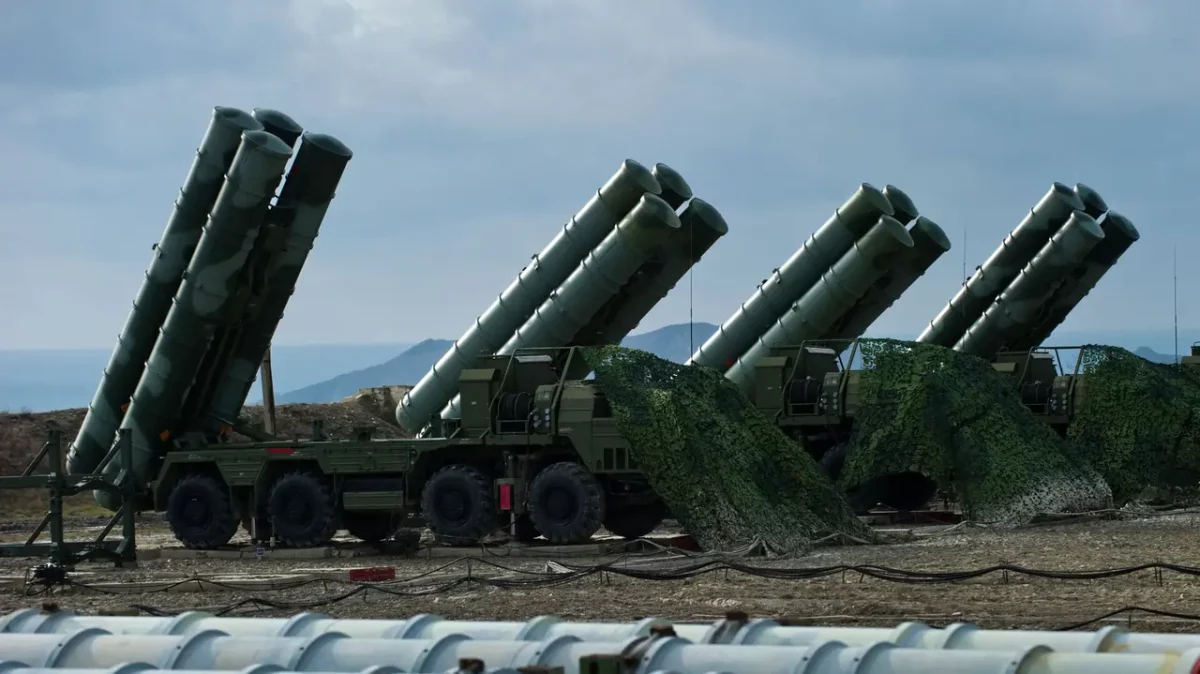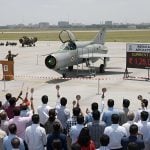India and Russia are engaged in discussions for the acquisition of an additional five S-400 Triumf air defence systems, aimed at enhancing India’s long-range defensive capabilities across its 7,000-km-plus coastline and plugging gaps in the Northern Command air defence network. Top Defence Ministry officials are scheduled to meet their Russian counterparts this week to finalise the deal, which could receive the green signal ahead of Russian President Vladimir Putin’s visit to India on December 5 for the annual summit with Prime Minister Narendra Modi.
Two of the five S-400 systems from the 2018 $5.43 billion deal are expected to be delivered by the end of 2026. Under current discussions, three of the new systems may be purchased outright, while the remaining two could be manufactured in India under transfer-of-technology agreements with private sector collaboration. The deal will include maintenance, repair, and overhaul (MRO) facilities in partnership with Indian firms.
The S-400 system demonstrated its operational effectiveness during Operation Sindoor in May 2025. Following repeated Pakistani attempts to strike Indian air bases at Adampur and Bhuj, the system’s performance forced Pakistan to move all its air assets beyond 300 km from the Indian border, preventing significant sorties. The S-400 successfully engaged a Pakistani ELINT aircraft at 314 km and downed multiple F-16 and JF-17 fighter jets, proving its role as a powerful deterrent against aerial threats.
In addition to the S-400 deal, India is exploring the acquisition of the RVV-BD air-to-air missile from Russia, with a range of over 200 km, to further enhance the lethality of the Su-30MKI fleet in response to Pakistan operating the Chinese-made PL-15 missile. Integration would also require upgrading the Su-30MKI radar systems to handle the advanced missile capabilities.
While discussions regarding the Su-57 fifth-generation fighter and the US F-35 continue, the government has not yet taken a final decision on procurement. Analysts note that India’s focus on expanding its air defence and aerial strike capabilities reflects lessons learned from recent conflicts and ongoing efforts to strengthen deterrence against regional threats.
“The S-400 not only validated its strike capability but also proved to be a major strategic deterrent, preventing hostile air operations and enhancing India’s aerial defence posture,” defence sources said.
The acquisition of additional S-400 systems, alongside missile and fighter upgrades, is expected to bolster India’s multi-layered air defence network and reinforce the nation’s credible deterrence posture in the region.













